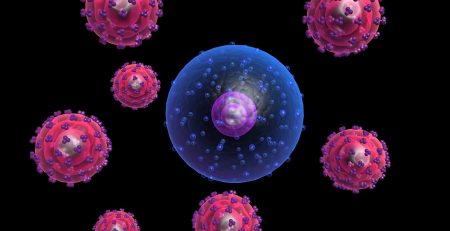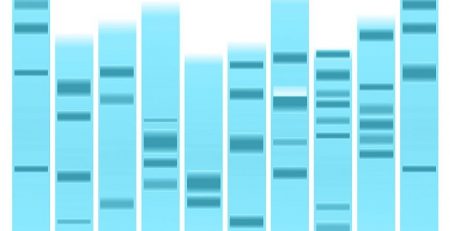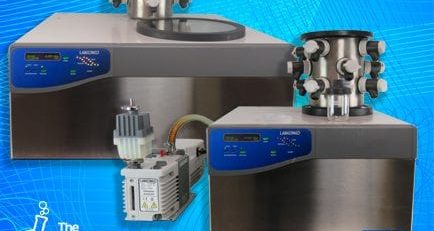Researchers Grow Beating Heart Using Stem Cells
Every 10 minutes another patient is added to the organ donor waiting list. And while an average of 79 people receive an organ transplant daily, in the same time period 22 people die while waiting for transplants due to a shortage of available organs.
In an attempt to help combat this problem, a team of researchers from both Massachusetts General Hospital (MGH) and Harvard Medical School have developed a way to successfully grow a beating heart in a laboratory using stem cells. This method, recently published in Circulation Research, also helps reduce the risk that the recepient will reject the donor heart – another common problem with heart transplants in particular.
In this study, 73 hearts that were deemed unfit for transplant were stripped of any cells that could lead to the self-destructive response that causes organ rejection. This left a “scaffold” of a heart – a shell complete with the structures and vessels the new heart cells will be able to grow on.
The team then took pluripotent stem cells, which have the ability to become almost any type of cell in the body. In this case, the team chose to use skin cells. After two weeks, the heart, although not fully grown, was shocked with a burst of electricity by the team and actually began to beat.
Because the heart is grown using the recepient’s own cells, the patient’s immune system should recognize the heart as friendly, rather than a threat. The next steps for this team involves improving the method to generate more cardiac cells, which will allow the heart to grow to the full size necessary for implantation.














